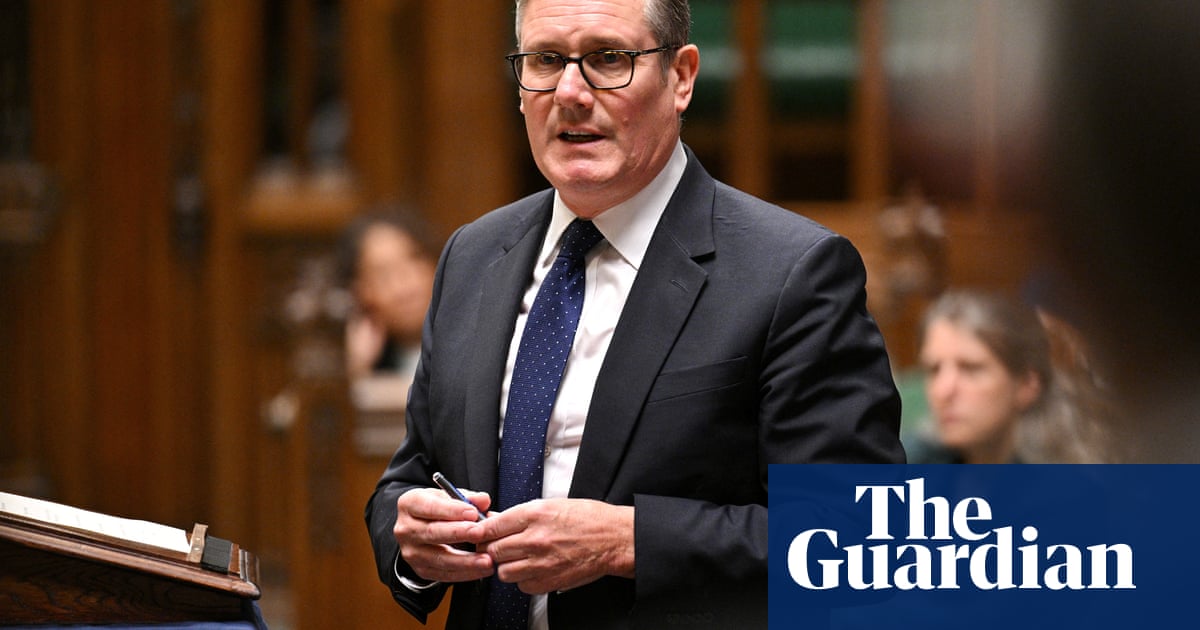A man executed on Tennessee death row showed signs of “sustained cardiac activity” for nearly two minutes after he was pronounced dead, his attorney said in court on Friday.
The allegation raises further questions about how the death of Byron Black unfolded and will increase scrutiny on capital punishment in Tennessee.
Black was killed by lethal injection in August in an execution that his lawyer, Kelley Henry, at the time said was “100% botched”. Witnesses said that following the lethal injection, Black started breathing and sighing loudly, and after several minutes groaned in agony, saying, “I can’t do this” and “It hurts so bad”. He repeatedly lifted his head. He was pronounced dead roughly 10 minutes after he had cried out in pain.
This week, Henry, a federal public defender, told a judge that an electrocardiogram showed nearly two minutes of ongoing activity in Black’s heart after officials had declared him dead, the Associated Press reported. She was testifying in court in ongoing litigation challenging the state’s lethal injection protocols.
The Tennessee attorney general’s office and corrections department did not immediately respond to requests for comment on Friday.
On 5 August, Black, 69, was injected with the sedative pentobarbital, which was supposed to render him unconscious as it stopped his breathing and killed him. The state had argued Black would not consciously experience drawn-out pain. But Henry and a group of media witnesses in the execution chamber reported he was visibly in distress. She also said staff had struggled for roughly 10 minutes to find a vein in one of his arms and blood had oozed from the injection site.
Henry told the Guardian after Friday’s hearing that Black’s legal team recently reviewed EKG records and saw continued activity for one minute and 50 seconds after the declared time of death. At that point, the EKG record stopped altogether, so it is possible his cardiac activity continued, she said, noting there was no EKG flatline recorded.
The EKG, she said in the interview, provided further evidence the pentobarbital did not work as intended: “It’s very, very disturbing on so many levels.”
If he was still alive when the official checked him, he should have been administered additional pentobarbital under the state’s protocols, Henry said. After death was declared, the prison also closed the curtain, blocking onlookers’ view. But the law dictates that witnesses have a right to view the entirety of the procedure, which would have been violated if he was not, in fact, dead yet.
“That means the public and his attorneys didn’t have an opportunity to see if there was additional suffering,” Henry said.
The EKG, she said, suggested state officials “don’t know what they are doing with this drug”. “Once we get access to information, we are finding the drug does not act in the body the way their experts say it will.”
The discovery was distressing for the legal team, said Henry, who had represented Black for 25 years. “I was physically sick at the fact that he wasn’t dead when they said he was.”
Black was a wheelchair user with lifelong intellectual disabilities, dementia, brain damage, kidney failure, severe heart failure and prostate cancer, said his lawyers, who fought for years to halt the execution. The county medical examiner’s autopsy, released in September, showed that during the execution, he developed pulmonary edema, a condition where the lungs become swollen with fluid, radio station WPLN reported.
Attorneys for people on death row have said the condition can cause excruciating pain and lead to a feeling akin to drowning and suffocation. Henry described it on Friday as a “torture” and an “incredibly painful form of waterboarding”.
In the lead-up to Black’s execution, his lawyers cited the lung damage risks in their ongoing challenges, but the state’s medical expert testified that people injected with pentobarbital should become unconscious within roughly 20 seconds, and that if pulmonary edema occurs, the individual would not perceive it, according to WPLN.
Black was on death row for 35 years for the 1988 homicides of his girlfriend, Angela Clay, and her two daughters, Latoya, nine, and Lakeisha, six. He maintained his innocence, though his lawyers had focused their legal efforts on his intellectual disability, arguing it was unlawful for the state to kill him in his condition.
In Friday’s hearing, a lawyer for Tennessee argued that members of the execution team should not be compelled to testify in the ongoing litigation, which alleges the state’s protocols constitute cruel and unusual punishment, according to the AP. The state argued that the execution team members’ identities, which are kept secret, could be exposed, even if their faces and voices were masked.
But Henry, who leads a group of death row attorneys, argued the direct testimony of those who carried out the killing was vital, noting her concerns that something may have gone wrong with the IV during the process: “Did the IV come out? Is that the reason that Mr Black exclaimed, ‘It’s hurting so bad’? Is the EKG correct?” she told the judge.

.png) 3 hours ago
4
3 hours ago
4

















































